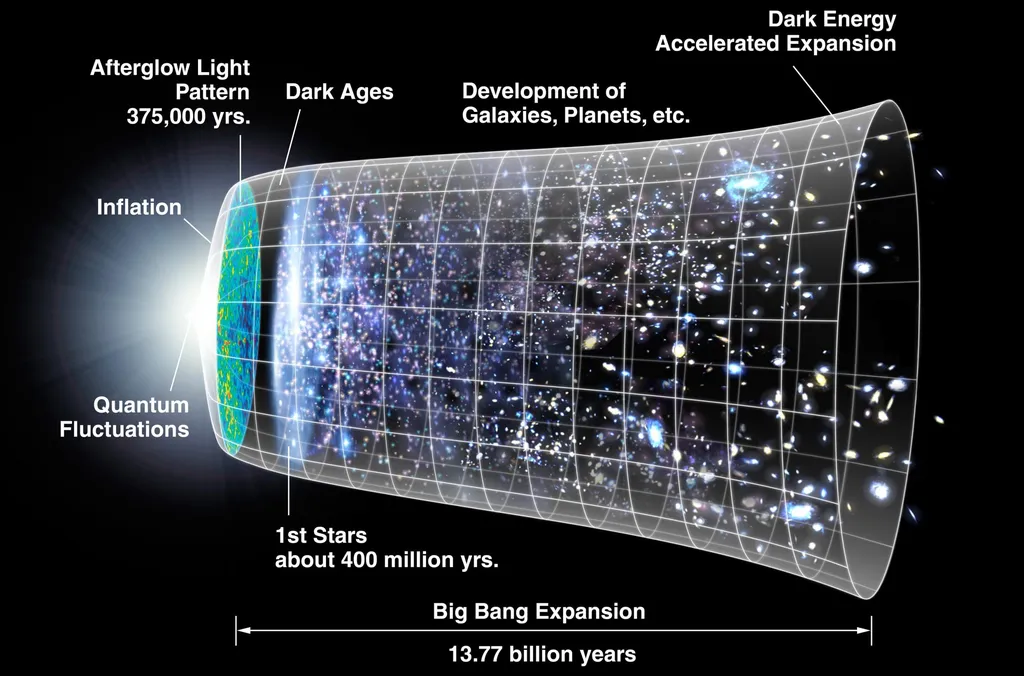Researchers from the National Autonomous University of Mexico have delved into the thermodynamic aspects of inflationary potentials, shedding light on the behavior of scalar fields during the early universe’s rapid expansion phase. Jesus Anaya-Galeana, Orlando Luongo, and Hernando Quevedo, affiliated with the university’s Institute of Nuclear Sciences, have published their findings in the Journal of Cosmology and Astroparticle Physics.
The team explored two distinct temperature definitions for scalar field inflation: a real gas, fluid-like temperature (T_RG) and a relativistic species-like temperature (T_RS). They derived fundamental thermodynamic relations for both and analyzed their implications for viable inflationary potentials, consistent with Planck satellite data. The researchers also investigated non-minimally coupled scenarios, where the inflaton field interacts with the curvature of spacetime.
Their analysis revealed that T_RS is the most self-consistent choice, as it decreases during inflation, satisfies standard thermodynamic laws, and exhibits frame-independent behavior in both the Jordan and Einstein frames. Remarkably, the T_RS approach showed that the inflaton’s dynamics can be described by Van der Waals-like isotherms, linking inflationary evolution to thermodynamic phase transitions. The onset of inflation was found to be associated with a phase transition acting as the trigger of the inflationary epoch.
The study highlighted inconsistencies in the hilltop potential and, more generally, in small-field potentials unless a non-minimal coupling is introduced. Conversely, the Starobinsky and α-attractor models emerged as the most suitable paradigms. The researchers also demonstrated that frame independence is achieved only for coupling values ζ ≤ 1/6, supporting very small values. Additionally, their study of natural inflation with non-minimal coupling revealed a strong dependence on the coupling parameter, with bounds associated with thermodynamic phase transitions coinciding with observationally viable ranges.
This research suggests that thermodynamic considerations may provide an additional criterion to discriminate among inflationary scenarios, offering a novel perspective on the energy dynamics of the early universe. While the immediate practical applications for the energy sector may not be apparent, understanding the fundamental physics of the universe can often lead to unexpected technological advancements and insights into energy production and management.
This article is based on research available at arXiv.

